Table Of Content
- Choosing the Right Backpack for Your Camping Adventures
- Understanding Your Backpacking Needs
- Types of Backpacks for Different Camping Adventures
- Features to Look for in a High-Quality Backpack
- Importance of Proper Fit and Weight Distribution
- Understanding Your Backpacking Needs
- Determine Your Backpacking Style
- Assess Your Gear and Equipment
- Consider Your Physical Build
- Look at the Terrain and Weather
- Types of Backpacks for Different Camping Adventures
- Daypacks
- Internal Frame Backpacks
- Hydration Packs
- Ultralight Backpacks
- Expedition Backpacks
- Features to Look for in a High-Quality Backpack
- Adjustable Straps and Fit
- Durable Materials
- Comfortable Padding
- Ample Storage
- Waterproofing
- Lashing Points and Gear Loops
- Ventilation and Breathability
- Weight Distribution
- Importance of Proper Fit and Weight Distribution
- Comfort and Stability
- Preventing Injuries
- Efficiency in Movement
- Choosing the Right Size
- Testing the Fit
- Considering Personal Comfort
- Material and Durability of Camping Backpacks
- Quality of Material
- Longevity and Durability
- Organization and Storage Solutions in Backpacks
- Multiple Compartments
- Internal Dividers and Pockets
- Compression Straps
- Front and Side Pockets
- Hydration Compatibility
- Hydration Compatibility and Access Points
- Accessible Hydration
- Factors to Consider
- Effortless Access Points
- Stay Hydrated, Stay Energized
- Comfort and Support Systems for Extended Hikes
- Adjustable Suspension System
- Padded Shoulder Straps and Hip Belt
- Ventilation Technology
- Lumbar Support
- Comparing Frame Options: Internal vs. External Backpacks
- Internal Frame Backpacks
- External Frame Backpacks
- Frequently Asked Questions (FAQs)
Welcome, fellow outdoor enthusiasts and camping lovers! Today, we embark on a journey to demystify selecting the perfect camping backpack. As an experienced adventurer who has trekked through mountains, traversed dense forests and camped under starlit skies, I understand the significance of the right backpack.
Regarding camping gear, your backpack is your trusted companion, carrying all your essentials and must-have items for a successful and enjoyable outdoor experience. Therefore, selecting the ideal camping backpack is a decision that can make or break your adventure.
From day hikes to multi-day expeditions, the right backpack can enhance comfort, convenience, and overall satisfaction during outdoor escapades. How do you navigate the choices with many available options to find the perfect fit for your needs?
Join me in this comprehensive backpack guide as we delve into the key factors to consider when choosing a camping backpack. From size and capacity to features and fit, we will explore selecting a backpack that complements your camping style and ensures a seamless outdoor experience. Let’s embark on this enlightening journey together!
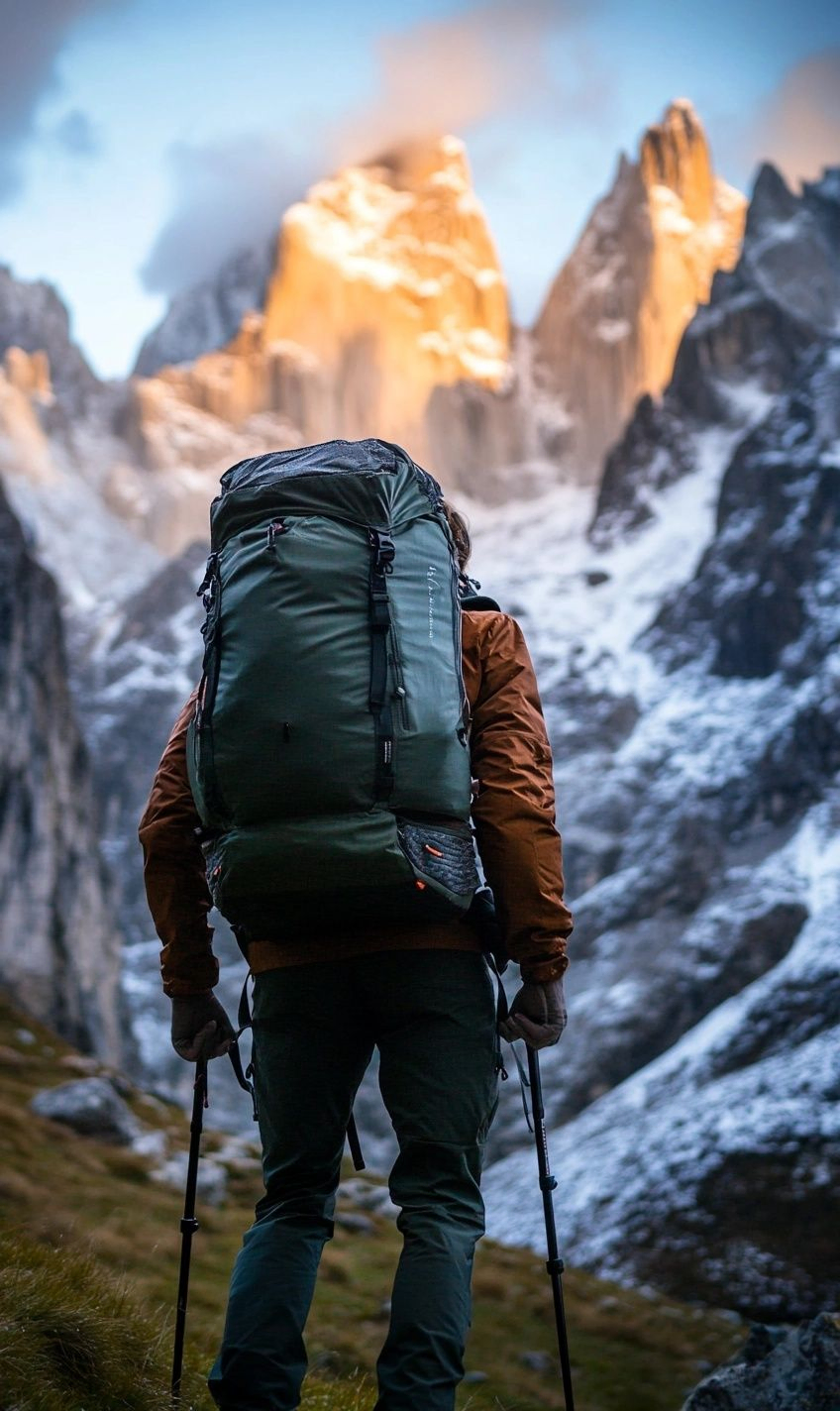

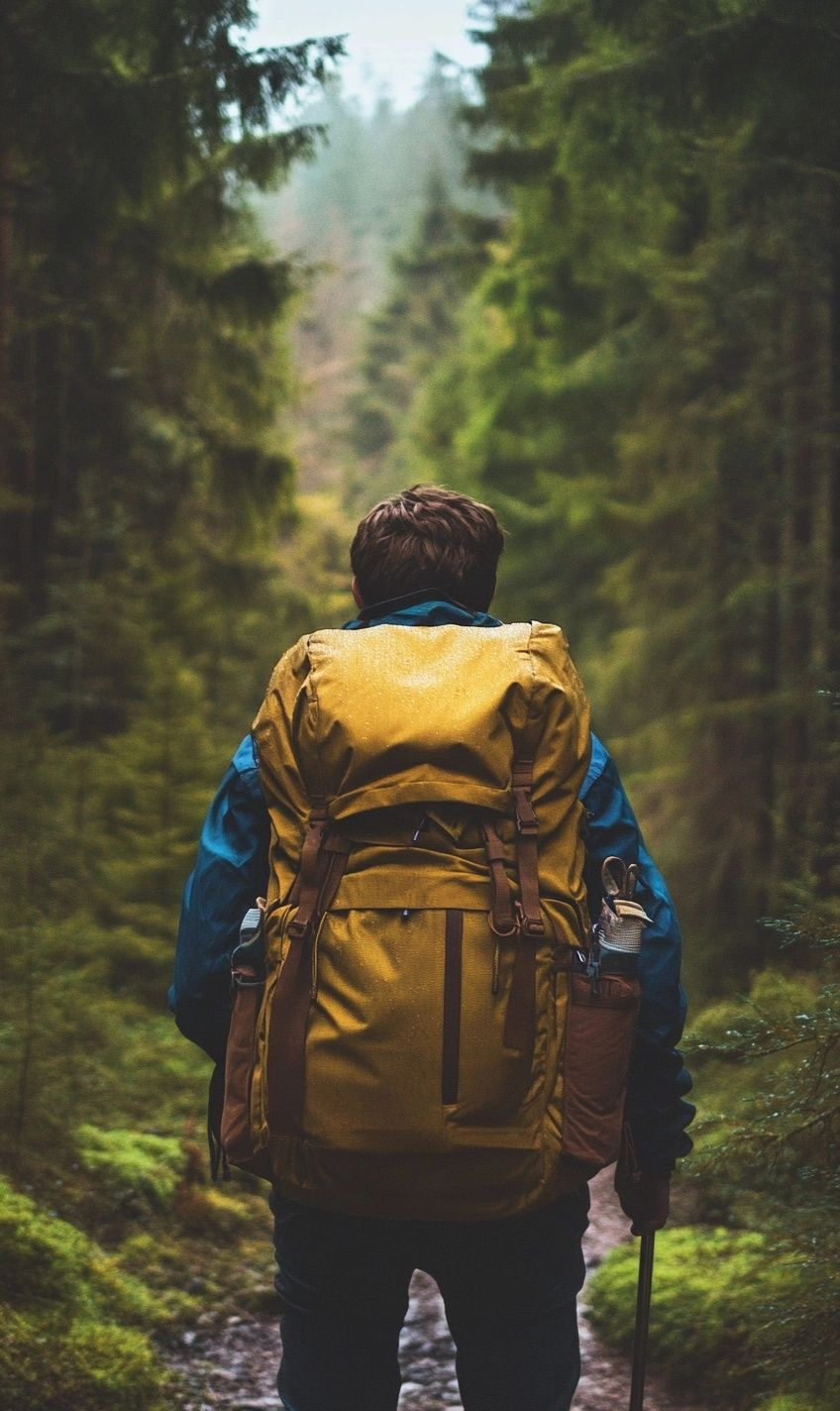
Choosing the Right Backpack for Your Camping Adventures
When embarking on a camping trip, your backpack is your trusty sidekick, carrying all your essentials as you venture into the great outdoors. But with many options available, how do you choose the perfect camping backpack? Let’s explore the factors to consider when making this crucial decision.
Understanding Your Backpacking Needs
Before diving into the world of camping backpacks, take a moment to reflect on your specific needs. Are you a minimalist backpacker, or do you prefer to have all the comforts of home with you? Consider:
- The duration of your trips
- The type of terrain you’ll be traversing
- The climate you’ll be camping in
Types of Backpacks for Different Camping Adventures
Your camping style will significantly influence the type of backpack you choose. Whether you’re a casual weekend camper or a seasoned backpacker tackling rugged trails, there’s a backpack designed just for you. Consider the following options:
- Daypacks for short hikes and day trips
- Internal frame backpacks for multi-day excursions
- Ultralight backpacks for minimalist adventurers
Features to Look for in a High-Quality Backpack
As you sift through the myriad of backpack options, keep an eye out for essential features that can enhance your camping experience:
- Adjustable straps for a customized fit
- Multiple compartments for organized storage
- Padded hip belts for added comfort and weight distribution
Importance of Proper Fit and Weight Distribution
Imagine lugging around a poorly fitted backpack that weighs you down with every step. Ensuring that your backpack fits properly and distributes weight evenly can make or break your camping trip. Remember to:
- Test the backpack’s fit with weight before hitting the trails
- Adjust straps to distribute weight to your hips
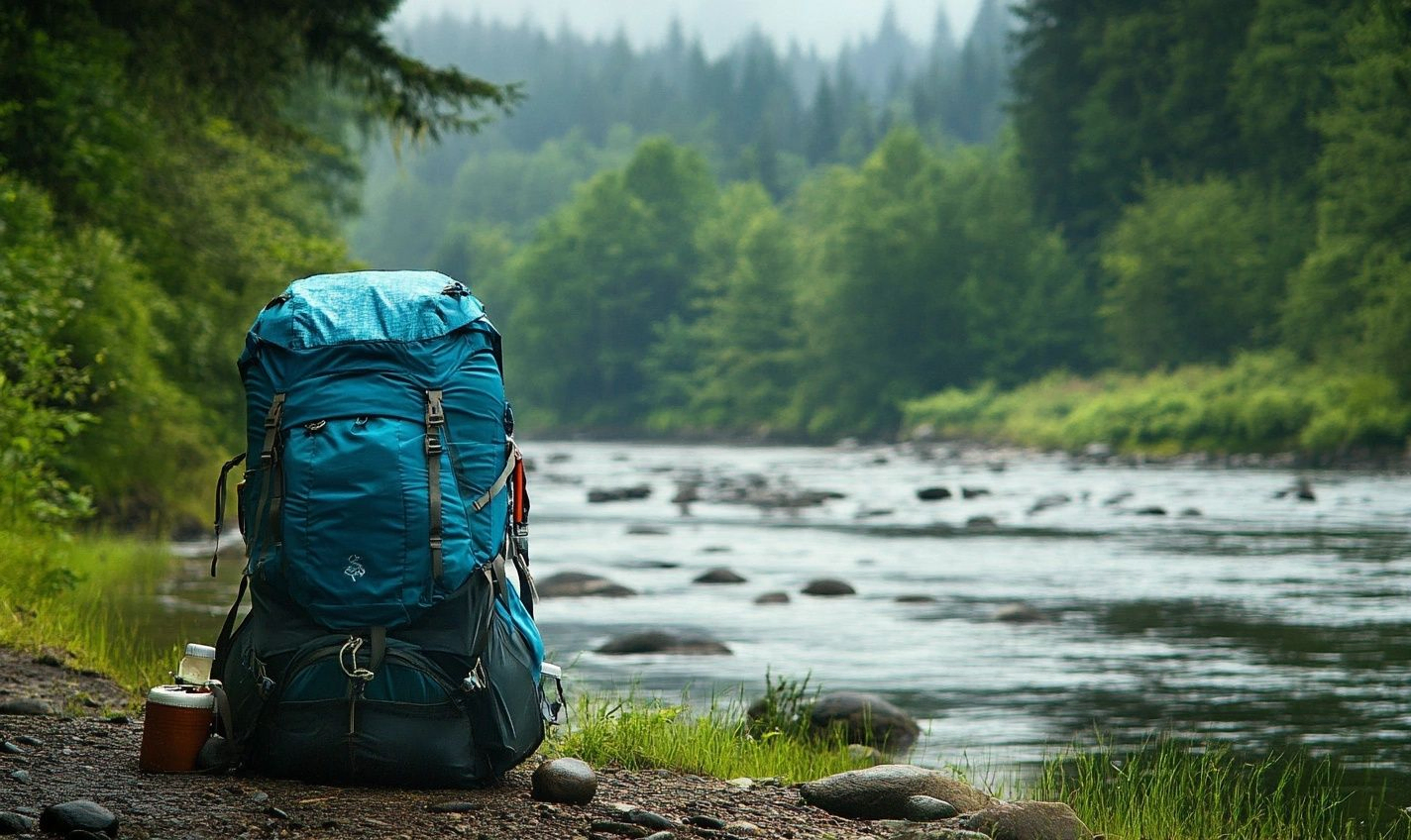
Understanding Your Backpacking Needs
Choosing the right backpack is one of the most crucial decisions when embarking on a camping adventure. Your backpack is your faithful companion, carrying all your essentials and providing the comfort and support you need on the trails. But with so many options available, how do you know which one is the best fit for you? The key lies in understanding your backpacking needs.
Determine Your Backpacking Style
First and foremost, consider the type of camping trips you typically take. Are you a weekend warrior who enjoys short, quick getaways, or do you prefer longer more challenging expeditions? Your backpacking style will influence the size, capacity, and features you’ll need in a pack.
Assess Your Gear and Equipment
Take an inventory of your camping gear and equipment. Do you carry many bulky items, or are you more of a minimalist? This will help you determine the storage space and organization features required in your backpack.
Consider Your Physical Build
Your body shape, height, and weight should also play a significant role in selecting a backpack. A properly fitting pack will distribute the weight evenly and prevent strain on your back and shoulders during long hikes.
Look at the Terrain and Weather
Think about the environments you usually camp in. Are you a fair-weather camper, or do you brave the elements in all seasons? Your backpack’s durability, weather resistance, and ventilation will ensure comfort and safety.
By understanding your backpacking needs and considering these factors, you’ll be well-equipped to choose a camping backpack that meets all your requirements. Remember, your backpack is more than just a piece of gear—it’s your trusted companion on every journey into the great outdoors.
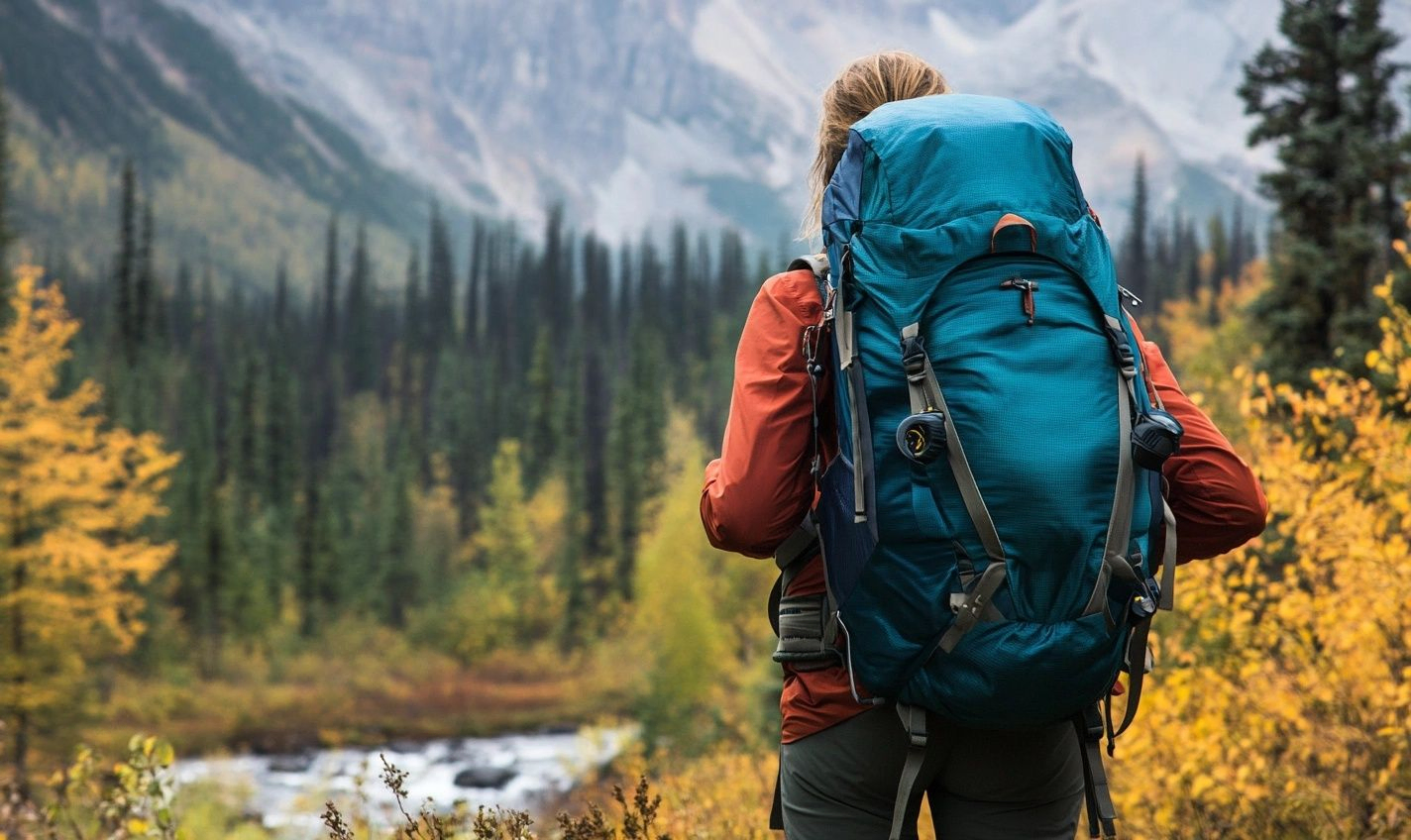
Types of Backpacks for Different Camping Adventures
Remember that one size does not fit all when choosing the right backpack for your camping trip. Different types of camping adventures require different backpacks. Let’s explore the world of backpacks and discover which best suits your needs.
Daypacks
A daypack is the way to go for shorter hikes and day trips. These lightweight and compact backpacks are perfect for carrying essentials like water, snacks, a map, and a first aid kit. They are designed for comfort and easy access to your items on quick outdoor excursions.
Internal Frame Backpacks
Internal frame backpacks are ideal for longer camping adventures where you need to carry more gear. They feature an internal support system that helps distribute weight evenly, making them a popular choice for multi-day hikes and backpacking trips.
Hydration Packs
Hydration packs are a must-have for those prioritizing staying hydrated on the trail. These backpacks come with a built-in water reservoir and a drinking tube, allowing you to sip on the go without having to stop and reach for a water bottle.
Ultralight Backpacks
Do you want to minimize weight and maximize efficiency on your camping trip? Consider investing in an ultralight backpack. These backpacks are designed for minimalist hikers who prioritize speed and agility on the trail.
Expedition Backpacks
For those planning multi-day treks or backpacking adventures in rugged terrain, expedition backpacks offer the durability and capacity to carry all their gear comfortably. These backpacks often have multiple compartments and external attachment points for added storage.
Each type of backpack caters to a specific camping style and adventure level. Understanding your needs and the demands of your trip is crucial when selecting a backpack. Consider factors like duration, terrain, and the gear you must carry before choosing.
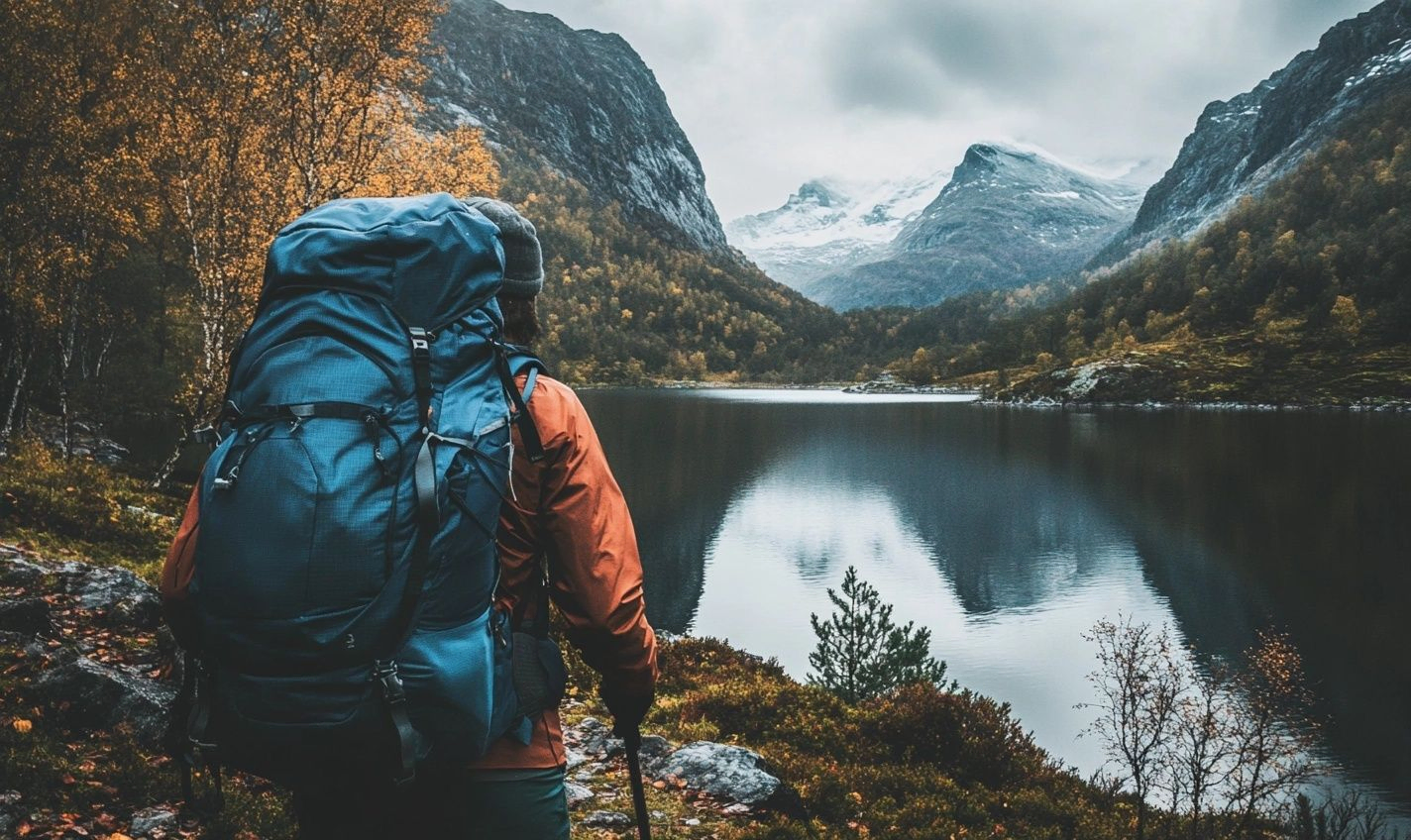
Features to Look for in a High-Quality Backpack
Choosing the right backpack is essential for a successful camping trip. A good backpack carries your gear and provides comfort and support during long hikes. Here are some key features to consider when selecting a camping backpack:
Adjustable Straps and Fit
Look for a backpack with adjustable straps and multiple adjustment points to ensure a proper fit. A well-fitted backpack will distribute the weight evenly and prevent strain on your back and shoulders.
Durable Materials
Opt for backpacks made of high-quality, durable materials such as ripstop nylon or Cordura. These materials are rugged and can withstand the wear and tear of outdoor adventures.
Comfortable Padding
Choose a backpack with padded shoulder straps and a cushioned back panel for added comfort. Proper padding can prevent chafing and discomfort during long hikes.
Ample Storage
Look for a backpack with multiple compartments, pockets, and attachment points for organizing your gear efficiently. On the trail, having easy access to essentials like water bottles, snacks, and a first aid kit is crucial.
Waterproofing
Consider a backpack with water-resistant or waterproof coatings to keep your gear dry in case of unexpected rain or splashes. Protecting your gear from moisture is critical to a successful camping trip.
Lashing Points and Gear Loops
Choose a backpack with lashing points and gear loops for attaching external gear such as trekking poles, sleeping pads, or a tent. These additional attachment options can help you carry bulkier items securely.
Ventilation and Breathability
Opt for a backpack with a ventilated back panel or mesh lining to promote air circulation and prevent excessive sweating. Staying calm and dry on the trail can enhance your overall hiking experience.
Weight Distribution
Ensure the backpack has a proper weight distribution system with a hip belt and sternum strap. These features help transfer the weight to your hips and torso, reducing strain on your shoulders.
Considering these features in your backpack guide, you can select a camping backpack that meets your needs and enhances your outdoor adventures. Happy hiking!
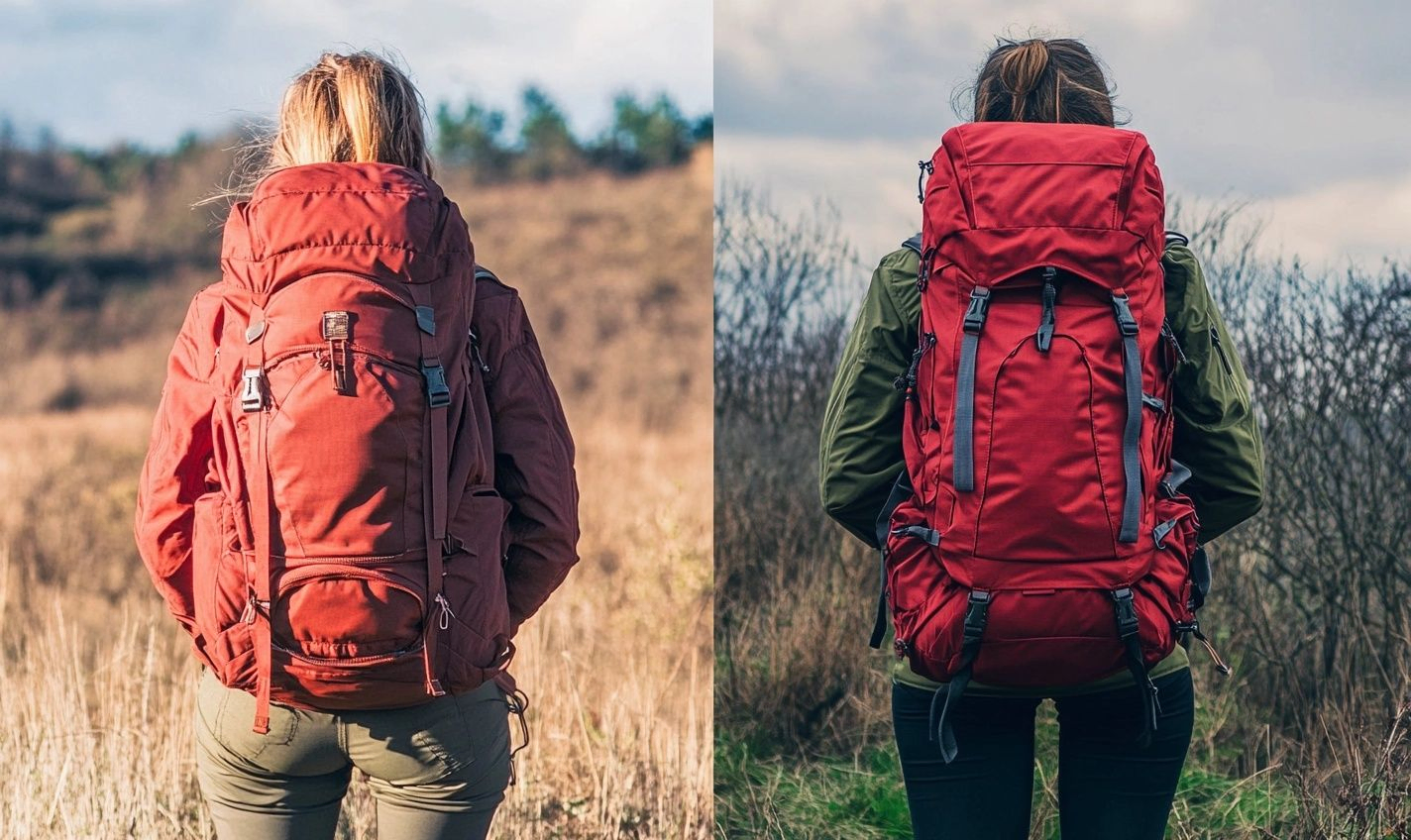
Importance of Proper Fit and Weight Distribution
When selecting a camping backpack, choosing the right one is crucial for an enjoyable and comfortable outdoor experience. One of the most critical aspects to consider is the fit and weight distribution of the backpack. Here’s why:
Comfort and Stability
A well-fitted backpack ensures that the weight is evenly distributed across your back and hips, preventing strain on your shoulders and back. This distribution helps maintain comfort and stability while hiking long distances.
Preventing Injuries
Improperly distributed weight can lead to muscle strain, soreness, and even injuries during your camping trip, hindering your overall experience. A backpack that fits well reduces the risk of these issues.
Efficiency in Movement
With a backpack that fits appropriately and distributes weight effectively, you can move more efficiently on the trail. This means less fatigue, allowing you to enjoy your surroundings and focus on your adventure.
So, how do you ensure you’re selecting the right backpack for your fit and weight distribution needs? Here are some tips to guide you:
Choosing the Right Size
- Consider the length of your torso to find a backpack that matches your body’s proportions.
- Check the sizing guide provided by the manufacturer for a more precise fit.
Testing the Fit
- Try on the backpack with weight to see how it feels on your shoulders and hips.
- Adjust the straps and hip belt to ensure a snug fit and evenly distribute weight.
Considering Personal Comfort
Everyone’s body is different, so what works for one person may not work for another. Prioritize your comfort and how the backpack feels on your body to make the right choice.
Ultimately, the right camping backpack will fit well, support your body, and help you carry your gear comfortably throughout your outdoor adventure. By focusing on fit and weight distribution, you can enhance the enjoyment of your camping experience and make the most of your time in nature.
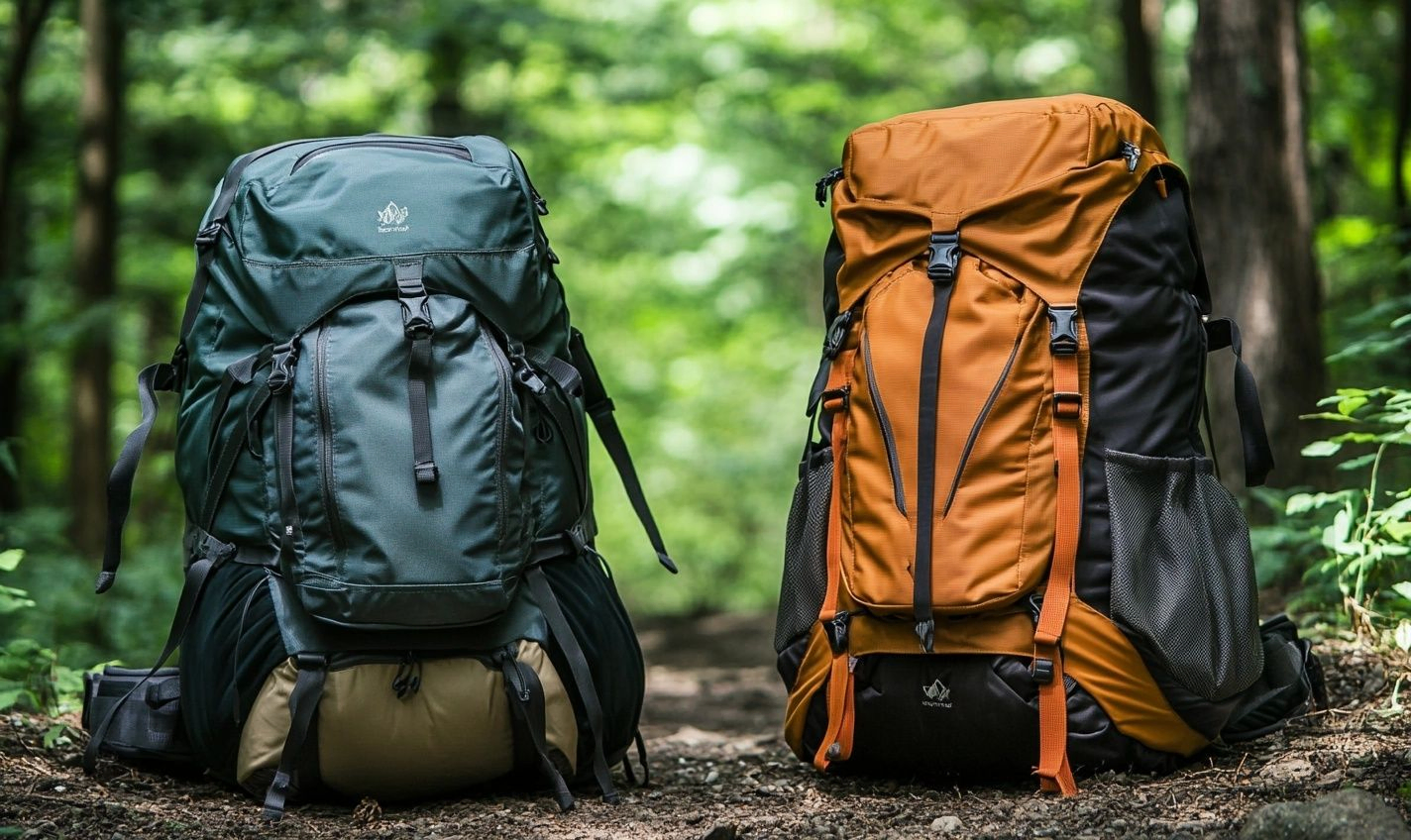
Material and Durability of Camping Backpacks
When choosing the right backpack for your camping adventures, one of the most crucial aspects to consider is the backpack’s material and durability. After all, your backpack will be your trusty companion throughout your journey, carrying all your essentials and withstanding various outdoor elements. Let’s delve into why these factors are essential for a successful camping experience.
Quality of Material
The material of your camping backpack significantly impacts its performance and longevity. Here are a few key considerations:
- Water-Resistant: Opt for a backpack made of water-resistant material to keep your gear dry during unexpected rain showers.
- Rip-Stop Fabric: Choose a backpack constructed from rip-stop fabric to prevent tears and enhance durability in rugged environments.
- Durable Zippers: Ensure the backpack features sturdy zippers that withstand frequent use and rough handling.
Longevity and Durability
Investing in a high-quality, durable camping backpack is crucial for long-term use and reliability. Here’s why selecting a backpack known for its durability is a smart choice:
- Longevity: A durable backpack will last for years, enabling you to embark on numerous outdoor adventures without worrying about wear and tear.
- Reliability: A sturdy backpack can withstand challenging terrains and heavy loads, ensuring your gear stays secure throughout your journey.
- Cost-Effectiveness: While durable backpacks may initially be more expensive, their longevity makes them a cost-effective investment in the long run.
Remember, a well-constructed backpack crafted from high-quality materials will withstand the test of time and provide you with peace of mind during your camping escapades.
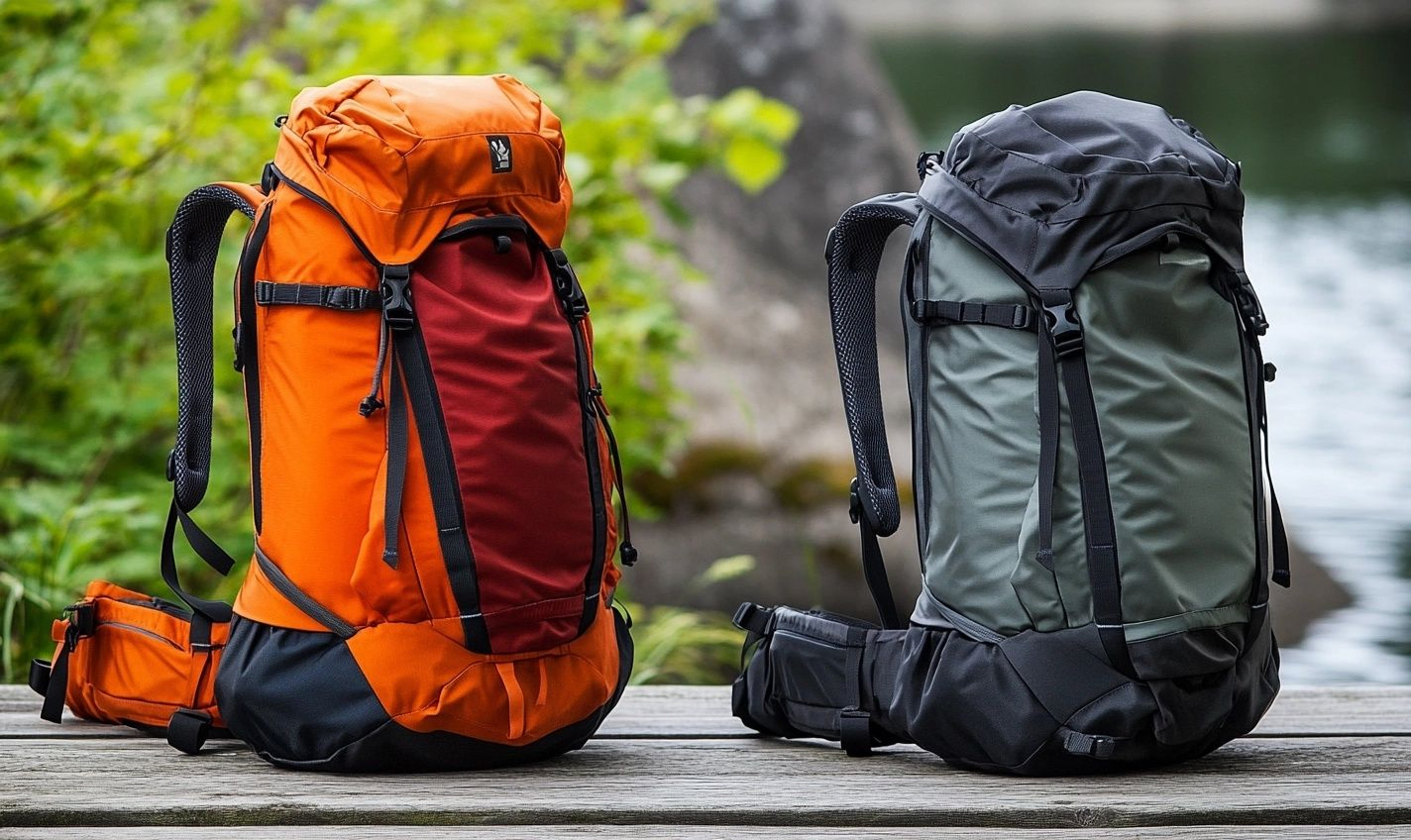
Organization and Storage Solutions in Backpacks
When selecting the right camping backpack, one crucial aspect is the organization and storage solutions it offers. After all, efficiently packing and accessing your gear can make or break your outdoor adventure. Let’s dive into some key features to look for:
Multiple Compartments:
Various compartments in your backpack allow you to categorize and separate your items, making it easier to find what you need quickly.
Internal Dividers and Pockets:
Internal dividers and pockets help keep your gear organized and prevent it from shifting during your hike, ensuring better weight distribution for improved comfort.
Compression Straps:
Compression straps compress your pack for better load stability and provide additional attachment points for gear like sleeping pads or trekking poles.
Front and Side Pockets:
Easy-access pockets on the front and sides of the backpack are ideal for storing quick-grab items such as water bottles, snacks, or a map without rummaging through the main compartment.
Hydration Compatibility:
Look for backpacks with hydration sleeves and ports for a hydration bladder. Staying hydrated on the trail is essential, and having easy access to water can significantly improve your comfort level.
Organizing your gear efficiently saves you time and frustration and enhances your overall camping experience. With the proper storage solutions, you can focus more on enjoying the great outdoors and less on digging through a disorganized backpack.
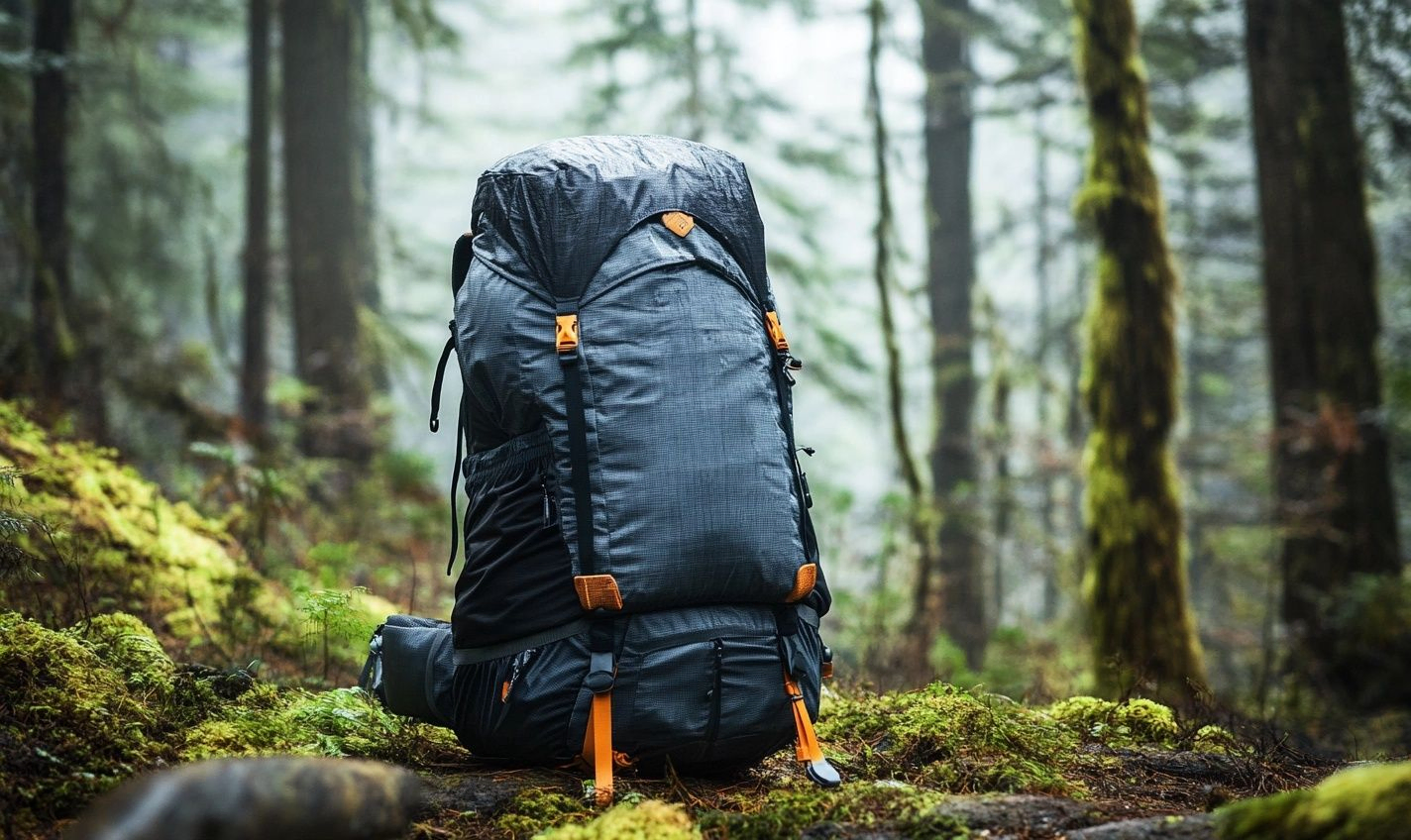
Hydration Compatibility and Access Points
Staying hydrated is paramount for your well-being when embarking on a camping adventure. With hydration compatibility and access points becoming increasingly common in modern camping backpacks, it’s crucial to understand their significance in choosing the right bag for outdoor excursions.
Accessible Hydration
Imagine trekking through rugged terrains under the scorching sun. A sip of cool water could rejuvenate your spirits. That’s where hydration compatibility steps in, ensuring you have easy access to your water supply whenever you need it. No more stopping to rummage through your pack for a water bottle!
Factors to Consider
When selecting a camping backpack with hydration compatibility, consider the following:
- Presence of a hydration sleeve or compartment
- Compatibility with hydration reservoirs or bladders
- Convenient hose routing for easy sipping on the go
- Additional pockets or mesh holders for carrying extra water bottles
Effortless Access Points
Having strategically placed access points to your hydration system can make a difference during outdoor adventures. Picture seamlessly reaching for your water hose without breaking your stride or needing assistance from your camping buddies.
Opt for a backpack that offers easy access points to your hydration system. This will allow you to refill or drink water with minimal effort. By prioritizing seamless access, you can stay focused on enjoying nature rather than fumbling with your gear.
Stay Hydrated, Stay Energized
Your body is like a well-oiled machine that requires hydration to function optimally. By choosing a camping backpack with hydration compatibility and accessible points, you’re investing in your well-being and ensuring you can quench your thirst whenever needed.
So, check your backpack for hydration features next time you gear up for a camping trip. Your body will thank you for it!
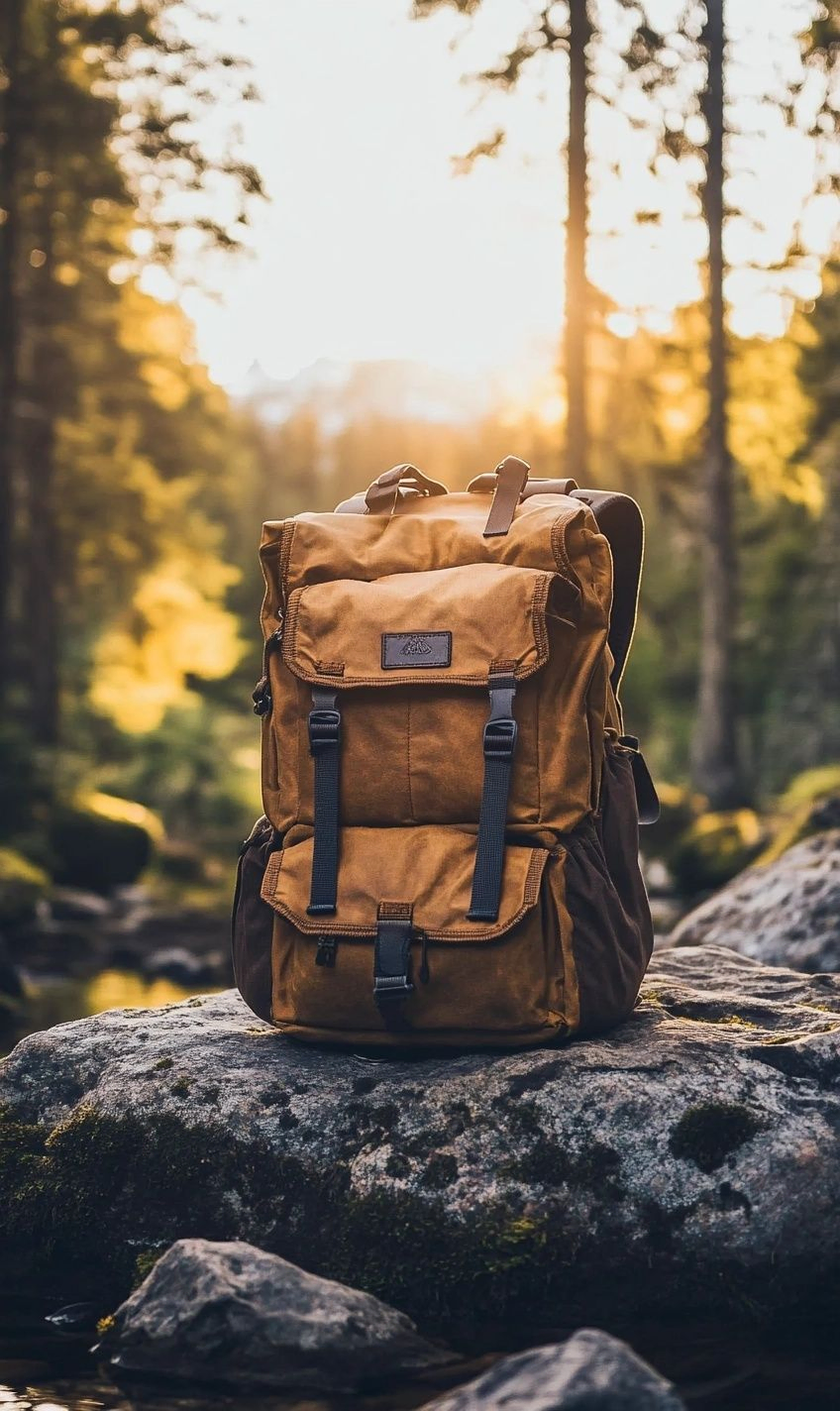
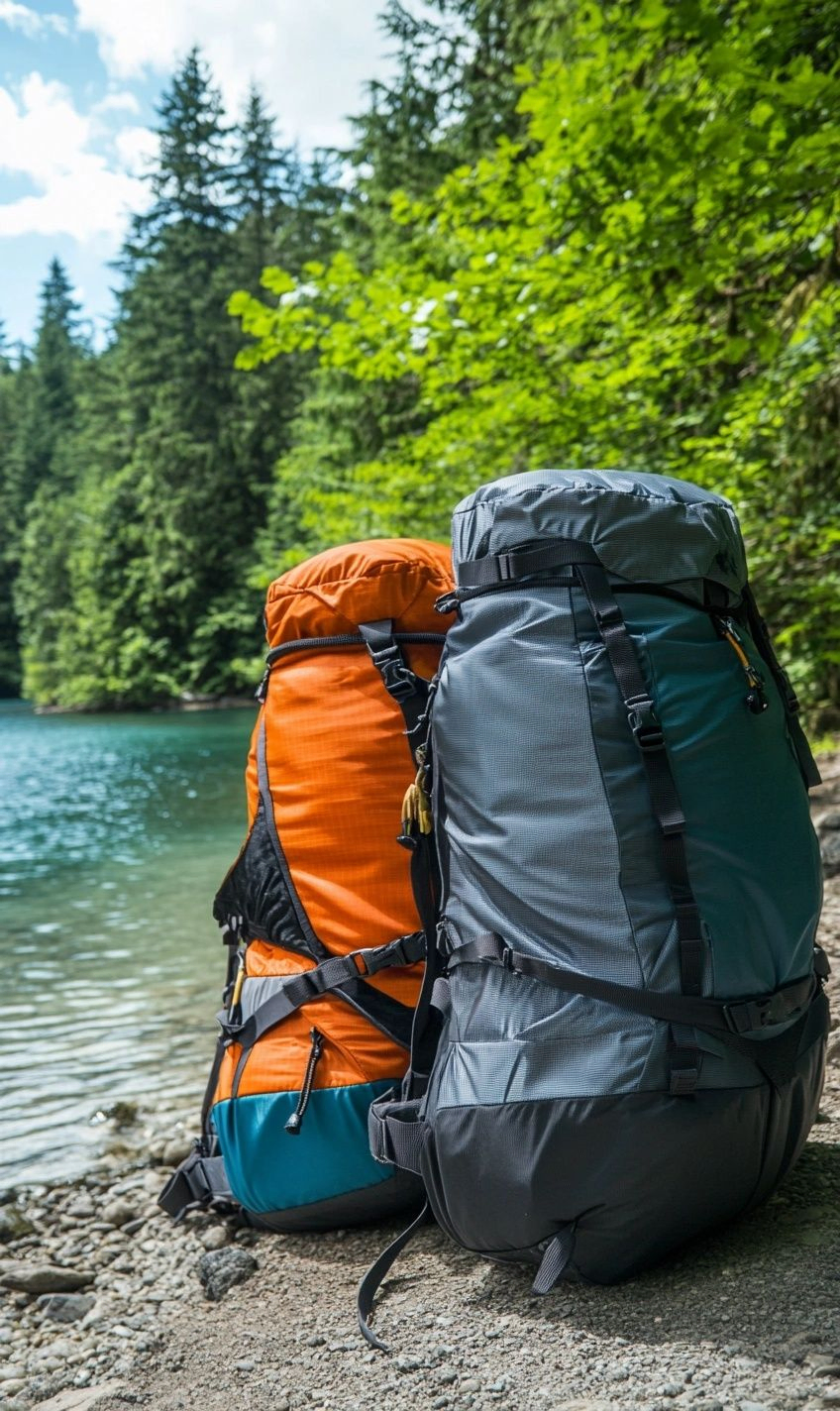
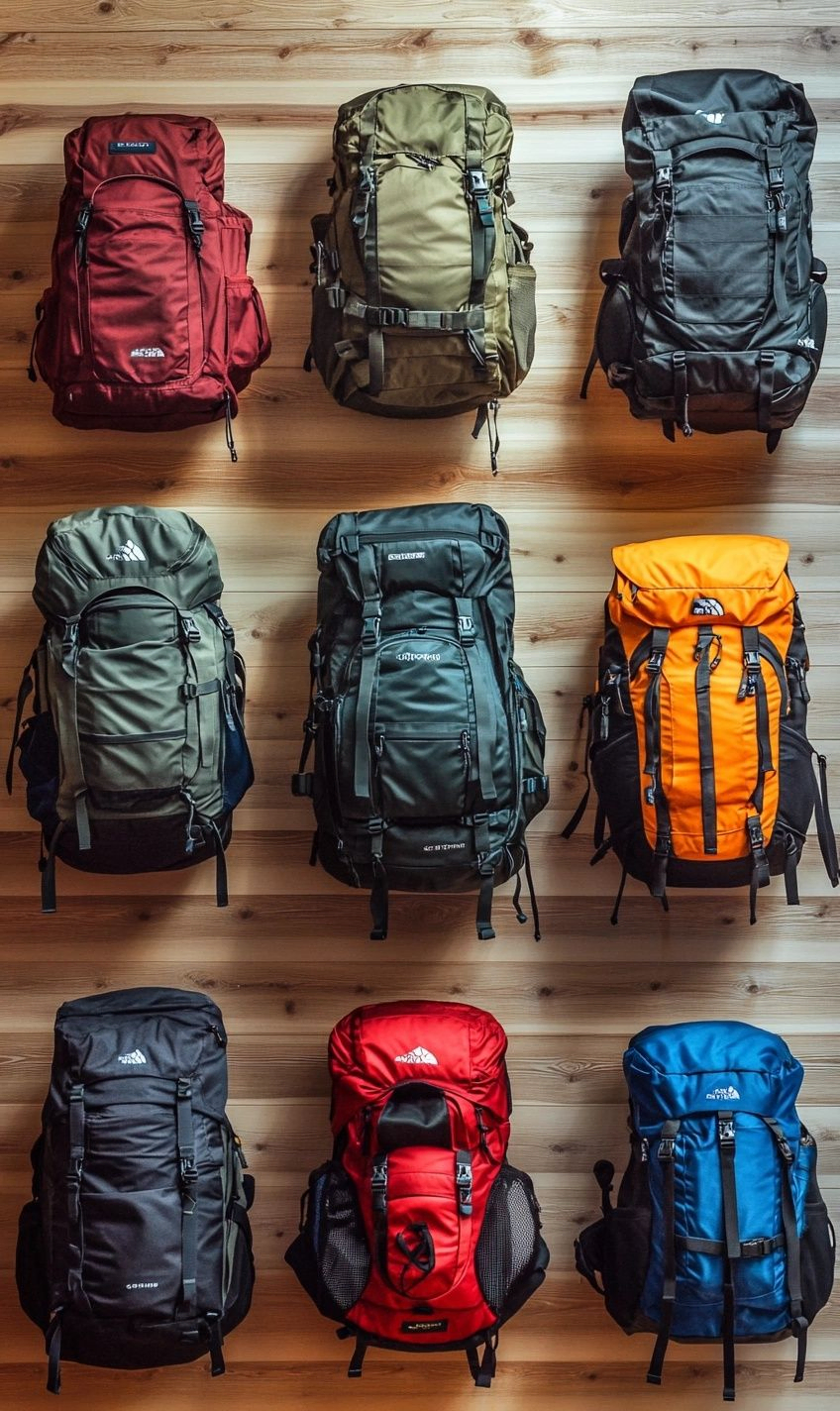
Comfort and Support Systems for Extended Hikes
When embarking on extended hikes, having the right camping backpack with adequate comfort and support systems is crucial for an enjoyable and pain-free outdoor experience. Let’s delve into critical aspects when choosing the perfect backpack for those long journeys into the wild.
Adjustable Suspension System:
A backpack with an adjustable suspension system can customize the fit based on your torso length, providing optimal comfort and weight distribution.
Padded Shoulder Straps and Hip Belt:
Look for padded shoulder straps and a hip belt to cushion pressure points and prevent chafing during long hikes. This will ensure your body feels supported throughout the journey.
Ventilation Technology:
Proper airflow through your back panel can prevent excessive sweating, keeping you cool and comfortable during strenuous hikes. Consider backpacks with ventilation technology for enhanced breathability.
Lumbar Support:
Opt for a backpack with adequate lumbar support to reduce lower back strain. This will allow you to maintain good posture and minimize discomfort on extended treks.
Remember, choosing a camping backpack that prioritizes comfort and support systems can make a difference in your hiking experience. Find the backpack that feels like a perfect fit for your body and hiking needs. Your back will thank you!
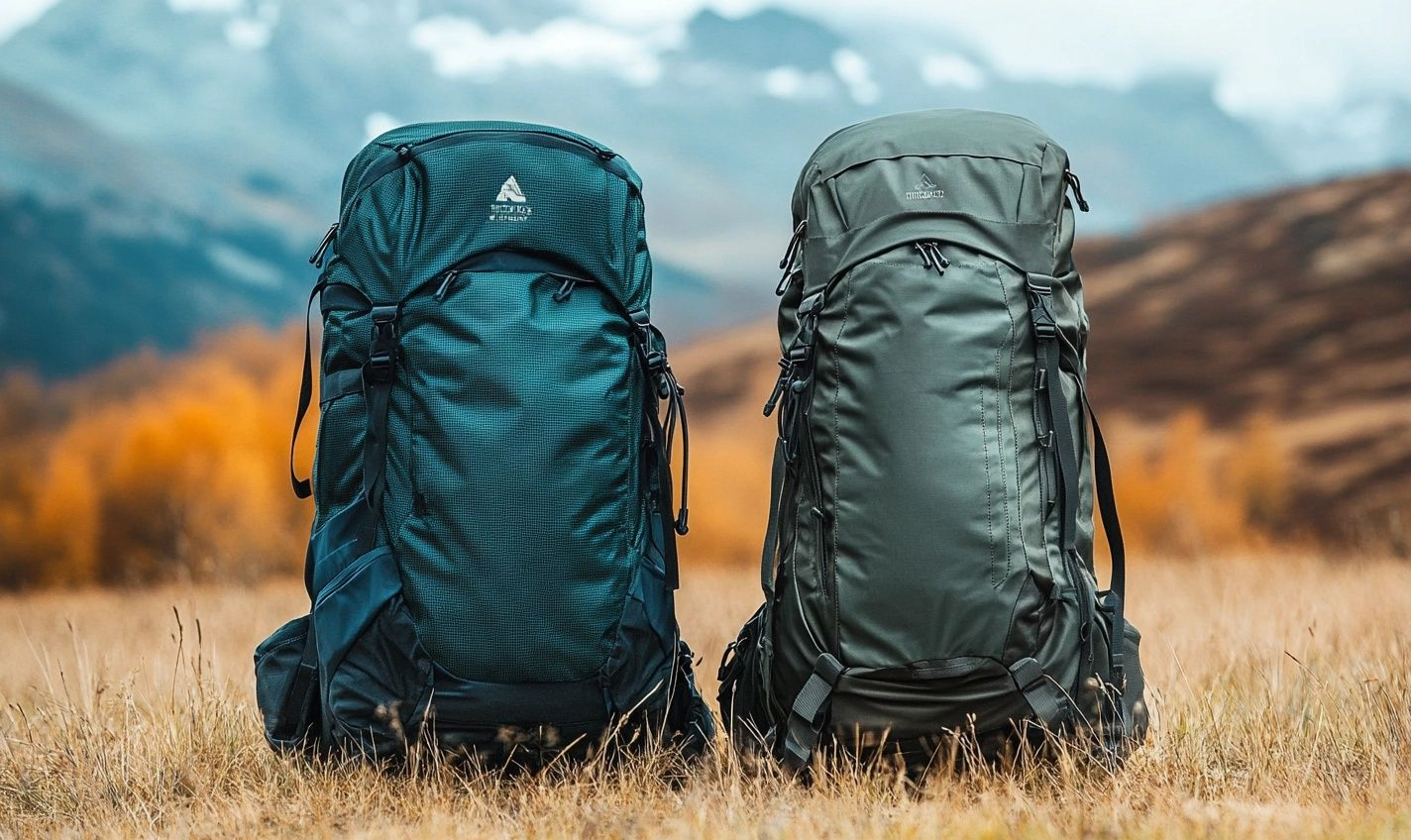
Comparing Frame Options: Internal vs. External Backpacks
When choosing the right backpack for your camping adventures, one crucial decision is whether to use an internal or external frame backpack. Each type offers its advantages and disadvantages, so it’s essential to understand their differences to make an informed choice.
Internal Frame Backpacks:
Pros:
- It has a sleeker design, ideal for navigating through rough terrain.
- Close-to-body fit for better balance and stability.
- Great for hikers who prefer a more streamlined pack.
Cons:
- Less ventilation against your back can lead to a sweaty hike.
- Internal compartments can limit storage flexibility.
- A stiffer frame can be less comfortable for some hikers.
External Frame Backpacks:
Pros:
- Excellent weight distribution, perfect for heavy loads.
- Excellent airflow, keeping your back cool and dry.
- Multiple external pockets for easy access to gear and supplies.
Cons:
- The bulkier designs may get caught on branches and rocks.
- Less stability on uneven terrain compared to internal frame backpacks.
- They are less popular among modern hikers due to their traditional look.
When selecting a backpack, consider factors like your hiking style, the duration of your trips, and the weight you’ll be carrying. While internal frame backpacks are favored for their agility and sleek design, external frame backpacks excel in heavy load-bearing and ventilation for extended hikes. It ultimately comes down to your personal preferences and the specific requirements of your camping expeditions.
Conclusion
Choosing the right camping backpack is essential for any outdoor adventure. By selecting a backpack with the right size, features, and comfort level, you can ensure a more enjoyable and hassle-free experience in the wilderness. Remember to consider factors such as capacity, weight, durability, and fit when selecting a backpack.
Whether embarking on a day hike or a week-long camping trip, having the right backpack can make all the difference. Take the time to research and try different options to find the one that best suits your needs and preferences. A quality camping backpack is an investment in your comfort and safety while exploring the great outdoors.
Finding the perfect backpack can be overwhelming, given the many options available. However, with guidance and knowledge, you can confidently choose a backpack that will serve you well on all your future outdoor escapades. Remember to prioritize comfort, functionality, and durability when selecting your camping backpack.
So, whether you are a seasoned outdoor enthusiast or a beginner camper, the key to a successful adventure lies in choosing the right backpack. Use this essential guide to assist you in selecting the perfect backpack that will accompany you on countless unforgettable journeys into the wilderness.
Frequently Asked Questions (FAQs)
Q: How do I choose the right camping backpack?
When selecting a camping backpack, consider capacity, fit, features, and durability to ensure it meets your needs and preferences.
Q: What size camping backpack should I get?
Choose a camping backpack size based on your trip duration and the gear you need to carry. A larger capacity is suitable for extended trips.
Q: What features should I look for in a camping backpack?
For versatility, look for features like adjustable shoulder straps, padded hip belts, multiple compartments, hydration compatibility, and external attachment points.
Q: How important is the backpack fit?
Proper backpack fit is crucial for comfort and weight distribution. Ensure the backpack’s torso length matches your body and adjust the straps accordingly.
Q: Are there specific backpacks designed for women or men?
Yes, camping backpacks are designed specifically for women or men, considering differences in body shape and size for optimal fit and comfort.
Q: How can I ensure my camping backpack is durable?
Choose a backpack made from high-quality materials like ripstop nylon or Cordura, reinforced stitching, and quality zippers to ensure durability in challenging outdoor conditions.









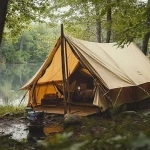
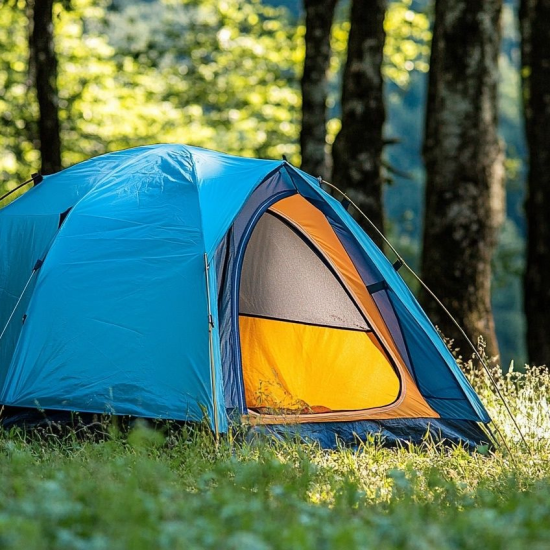
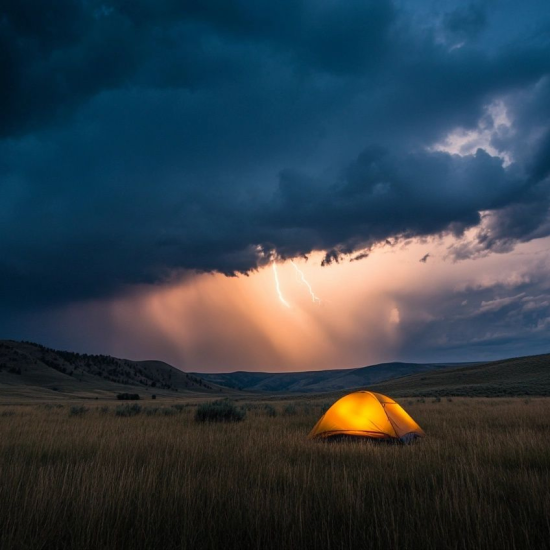
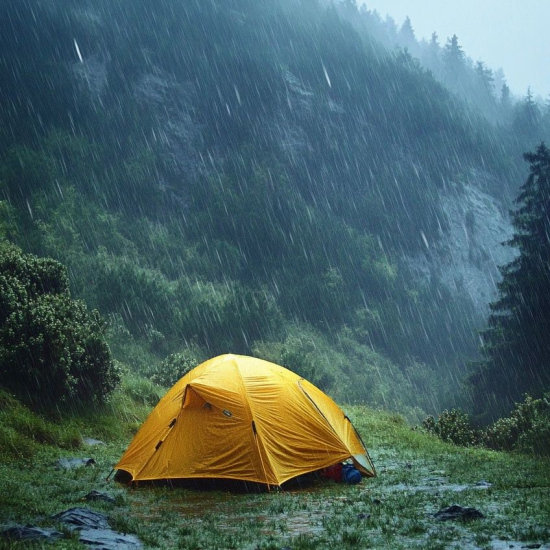
No Comment! Be the first one.